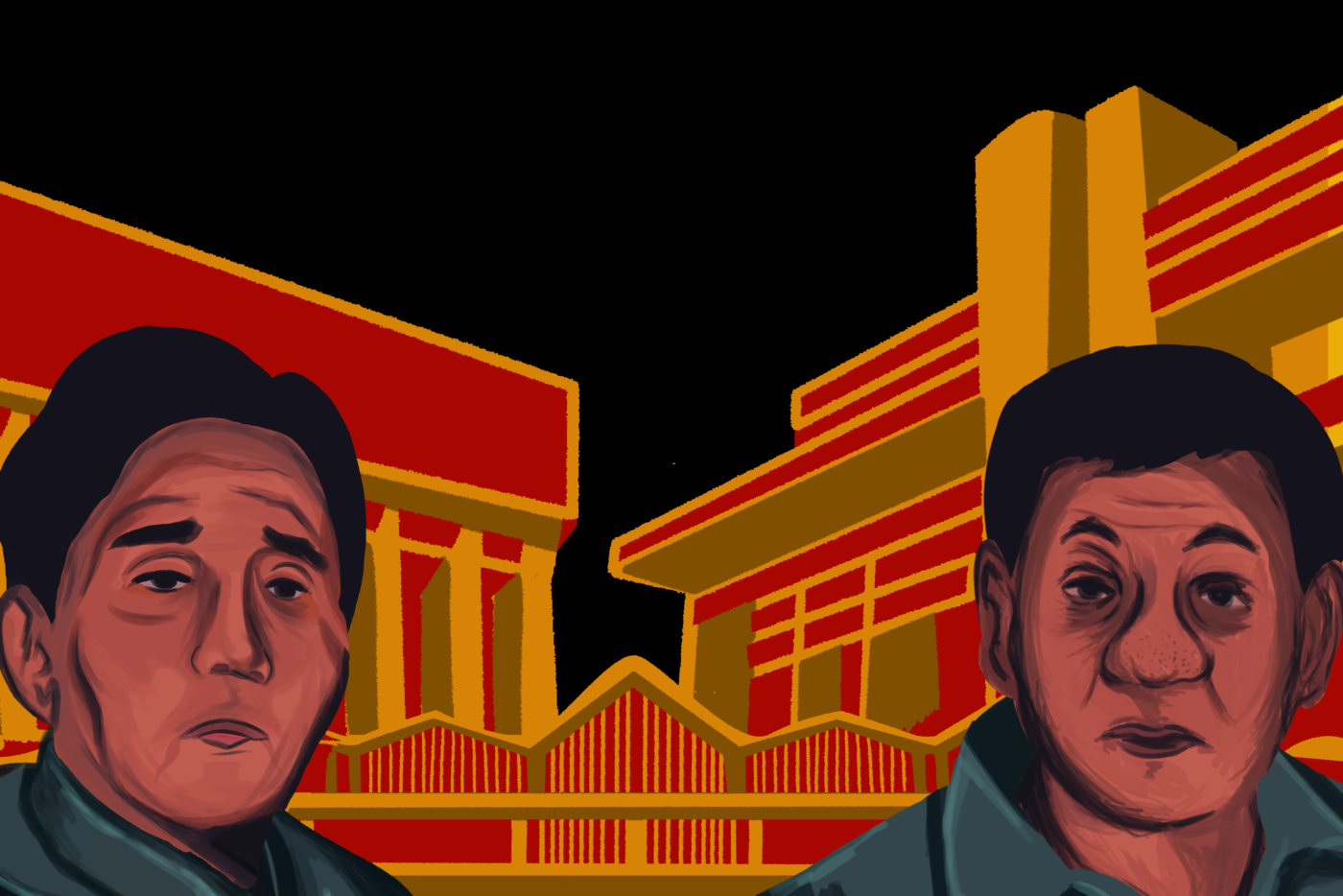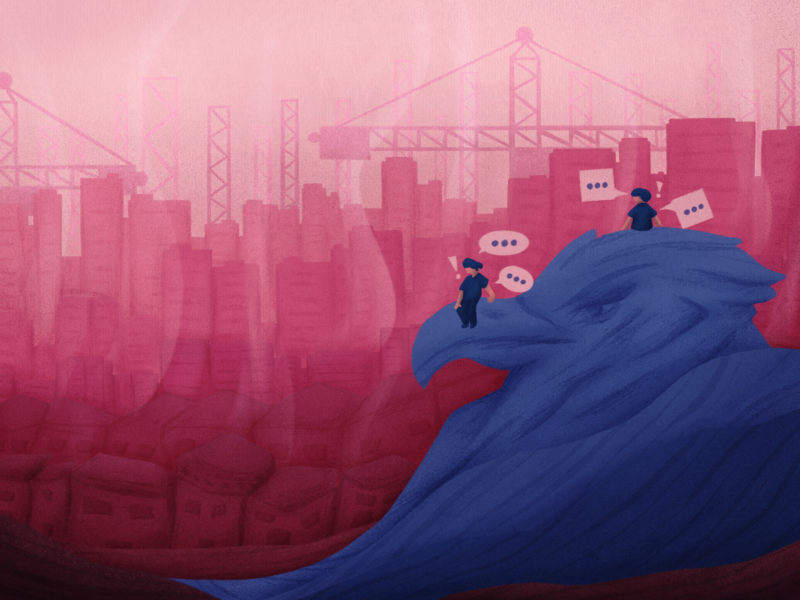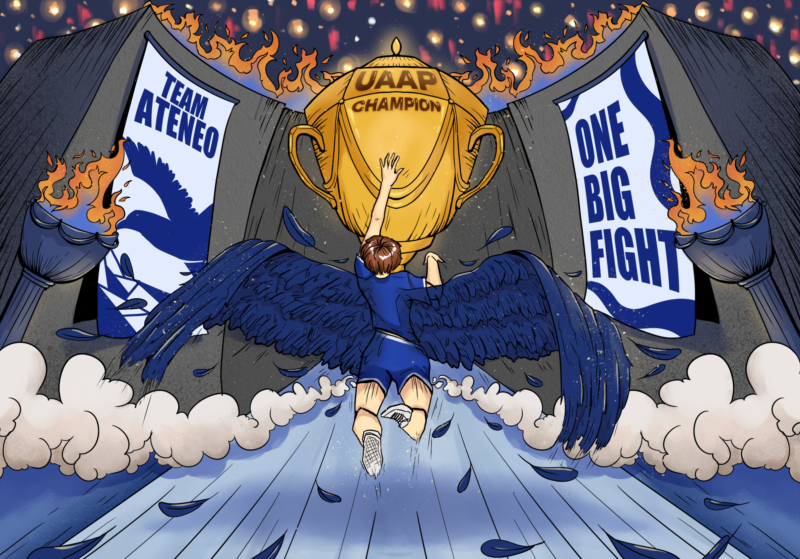AS PRESIDENT Rodrigo Duterte nears the end of his term, the administration grapples to fulfill its ambitious infrastructure projects amid a pandemic. The Build Build Build (BBB) program remains a clear top priority, with infrastructure disbursements of Php 869.5 billion in 2020 alone.
Infrastructure continues to be a primary agenda for strongmen in politics. However, there is often no sustainability behind it, University of the Philippines (UP) Economics Teaching Fellow Jan Carlo “JC” Punongbayan said. Infrastructure projects have been observed to be a smokescreen for injustices committed at a particular time, thus holding the government accountable is necessary to see through the facade.
Urban illusions
Data reveals that infrastructure quality is still consistently higher in democracies over those under authoritarian regimes. However, strongmen continue to pursue grand infrastructure developments as illusive representations of their administration, UP Architecture Professor Gerard Lico, PhD said. With ambitious projects that outlast their authoritative sponsor, the memory of the regime becomes centered on what is left behind even after the term ends or the president dies.
“When you have buildings all around, the person or the authority becomes visible. His or her omnipresence becomes more palpable than any other art form… So, even after the fall of [former President Ferdinand Marcos’] regime, the buildings are still there and they speak of a mythological golden past,” explained Lico.
This tangible representation of a regime aims to not only misguide citizens with illusions of progress and cement the administration’s power during its term, but also to detract from its wrongdoings or failures. “It’s about the creation of urban spectacle, but these spectacles are diversionary,” Lico affirmed.
In these cases, the tempting economic promises of infrastructure projects provide illusions which tend to overshadow the problems the country faces, such as human rights transgressions and the COVID-19 crisis. Despite these pressing issues, Punongbayan stated that the administration prioritizes the BBB program by investing more money in it over the pandemic response.
“Usually, dictators push for big [infrastructure] projects as a way to cement their legacy and deepen their influence in politics and society. But history shows that such edifices were usually vehicles of various acts of corruption,” Punongbayan added.
Looking back at history—especially at the time of Marcos—misplaced priorities and investments may cost the country years of debt at the expense of the Filipino people.
Debit and merit
The debt incurred from Marcos’ infrastructure projects is still being paid off today. One example would be the Cultural Cultural Center of the Philippines (CCP) Complex, which was founded by former first lady Imelda Marcos to “nurture Filipino culture.” While the CCP is still in operation today, the country incurred a debt of over Php 63 million from the theater’s construction alone.
Another key project of the Marcos regime is the Bataan Nuclear Powerplant (BNPP) that aimed to mitigate the 1973 oil crisis. Despite geographical hazards and subpar structural integrity, construction pushed through with costs totaling to $2.3 billion.
Apart from functionality or the lack thereof, infrastructures immortalize the name and legacy of the administration it was built under, despite being plagued with controversies and corruption cases.
Furthermore, Lico added that “Architecture becomes instant propaganda.” Thus, the public is reminded of just how powerful an administration has to be to build such structures—further motivating leaders to prioritize infrastructure projects like the CCP Complex and BNPP. As a result, Punongbayan explained that Marcos’ martial law and infrastructure-oriented policy led the economy to a debt crisis in 1984 and 1985.
Similar to the irresponsible priority Marcos placed on infrastructure, Duterte has repeatedly stated that infrastructure spending would increase under his flagship program BBB even with the pandemic at hand. However, Punongbayan explained that economic recovery from BBB has not been sufficient to make up for the losses.
Part of BBB is the Kaliwa Dam, a project funded by a loan from China amounting to Php 12.2 billion. While construction may incur sudden financial losses as the Philippines struggles to pay the debt, indigenous groups also face another type of loss. Their displacement and the eradication of their sacred sites and burial grounds will cost irreversible damage.
On the other hand, Duterte has proposed the construction of the Virology Science and Technology Institute to mitigate future outbreaks. With Duterte urging Congress to enact a law to create the institute, the construction is set to receive a Php 500 million portion from the General Appropriations Act. Similarly, other infrastructure projects are lined up to improve the economy and the wellbeing of Filipinos one way or another.
Critical creditor
While there are differences between Marcos’ and Duterte’s approach, a similarity arises from the control they have over policymakers in their administration. For Marcos, Punongbayan explained that infrastructures were built with the help of his allies like late businessman Herminio Disini for the BNPP. For Duterte, it is made possible with the supermajority he enjoys in Congress.
Punongbayan added that the current administration’s confidence roots from the official development assistance which banks on “China’s investment promises.”
While life should not come to a complete stop because of a pandemic, misplaced priorities can repeat the mistakes of the past. These can cultivate a diversionary illusion that the economy is doing well even if it is not the case.
Beyond the issue of increasing loans and debt, infrastructures must serve and benefit the public who ultimately pays for it. As such, with the launch of new infrastructure projects masking a slow and disorganized pandemic response, the masses must remain critical in the face of a seemingly faultless facade.




